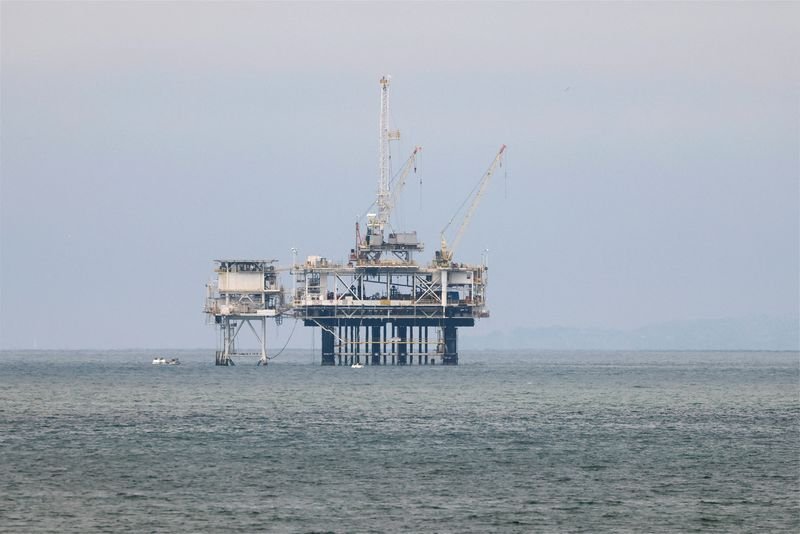Natural Gas Market Update: Trends and Insights
Key Overview of Recent Natural Gas Prices
On Wednesday, the August natural gas contract experienced a decline, closing at a notable low. This drop is attributed to forecasts predicting cooler weather across the United States, which could lead to an increase in natural gas inventories. According to Vaisala, the weather outlook suggests cooler conditions for the Midwest from July 14 to 18, and for the eastern United States from July 19 to 23. Such cooler temperatures are expected to decrease the demand for natural gas used in electricity generation for air conditioning.
Trends Impacting Natural Gas Prices
The anticipation of rising U.S. natural gas inventories is influencing the bearish outlook for prices. Analysts expect that the upcoming weekly report from the Energy Information Administration (EIA) will indicate an increase of approximately 61 billion cubic feet (bcf) in inventories for the week ending July 4. This estimate exceeds the five-year average for this period, which stands at around 53 bcf.
On Wednesday, production levels in the lower 48 states reached 105.3 bcf per day, marking a year-over-year increase of 3.6%. Conversely, demand in these states fell to 77.5 bcf per day, representing an 8.6% decrease compared to the previous year. The net flows for liquefied natural gas (LNG) exports to U.S. terminals were estimated at 15.0 bcf per day, showing a week-over-week increase.
Electricity Output and Natural Gas Demand
An uptick in electricity generation is a positive sign for natural gas demand, particularly from utility companies. The Edison Electric Institute reported that total electricity output in the lower 48 states rose by 1.0% year-over-year during the week ending July 5, reaching a total of 93,747 gigawatt-hours (GWh). Looking at the data over the past year, electricity output increased by 2.4%, totaling 4,247,938 GWh.
The previous week’s EIA report provided a somewhat negative outlook for natural gas prices. It indicated that inventories for the week ending June 27 had risen by 55 bcf—greater than the consensus expectation of 49 bcf but below the five-year average of 61 bcf for that week. As of June 27, natural gas inventories were down by 5.8% compared to the previous year, although they were 6.2% above the five-year seasonal average, indicating that supplies remain adequate. In Europe, gas storage as of July 6 was reported to be only 61% full, compared to the seasonal average of 70% for this time of year.
Active Natural Gas Drilling Rigs
In a recent report, Baker Hughes noted a slight decrease in the number of active natural gas drilling rigs in the United States, down to 108 for the week ending July 4. This is slightly below the recent high of 114 rigs recorded in early June. Over the past nine months, the number of operational gas rigs has increased from a four-year low of 94 rigs reported in September 2024.
This summary encapsulates the current state of the natural gas market, including shifts in pricing, production levels, and demand factors. By keeping an eye on these trends, stakeholders can make more informed decisions based on the evolving landscape of the natural gas industry.
